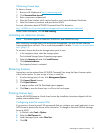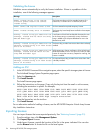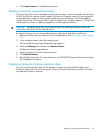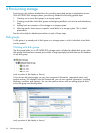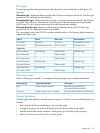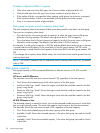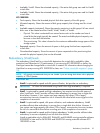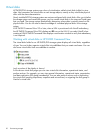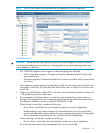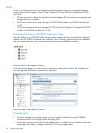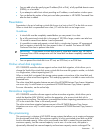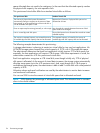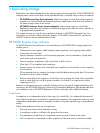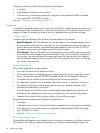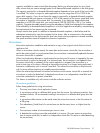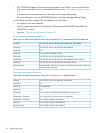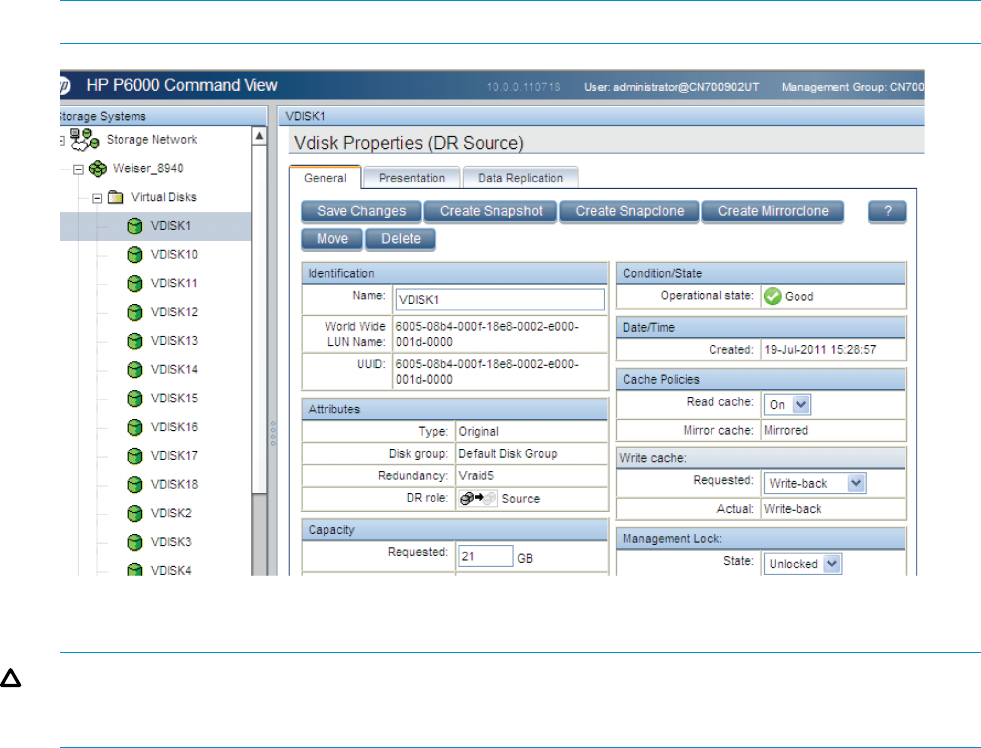
NOTE: The GUI only displays action buttons that are supported in your configuration.
Considerations
CAUTION: Ensure that your host operating system can handle changes in volume size before
you change the underlying virtual disk size. Changing the size on some operating systems can
cause instability or data loss.
• XCS 10000000 supports online migration without disrupting host workload.
Online virtual disk migration—Changes a virtual disk redundancy level (Vraid) or disk
group membership
◦
◦ Mirrorclone migration—Reverses the identities of a source virtual disk with its synchronized
mirrorclone
• Some operating systems require a unit identifier (unit ID). You can change the OS unit ID when
you create a virtual disk. For OpenVMS and Tru64 UNIX, enter a unique OS unit ID for each
virtual disk.
• When using GUID Partition Table (GPT) in Windows, the virtual disk should be a minimum of
1 GB greater than the host volume size.
• The management lock feature allows a virtual disk to be protected from certain actions or
changes in key properties by users or applications that have storage administrator permissions.
This feature is available in arrays running XCS 09500000 or later.
When locking a virtual disk, consider the following:
◦ Do not lock a virtual disk that was created by another user or by an application.
◦ Besides adding a lock owner comment, HP recommends that you use the virtual disk's
general comment field to clearly indicate the owner and purpose of the lock. This provides
a more permanent record about the lock, should the lock be disabled later.
When unlocking a virtual disk, consider the following:
◦ Do not unlock a virtual disk that was locked by another user or by an application.
For more information about using management lock, see the online help.
Virtual disks 31



